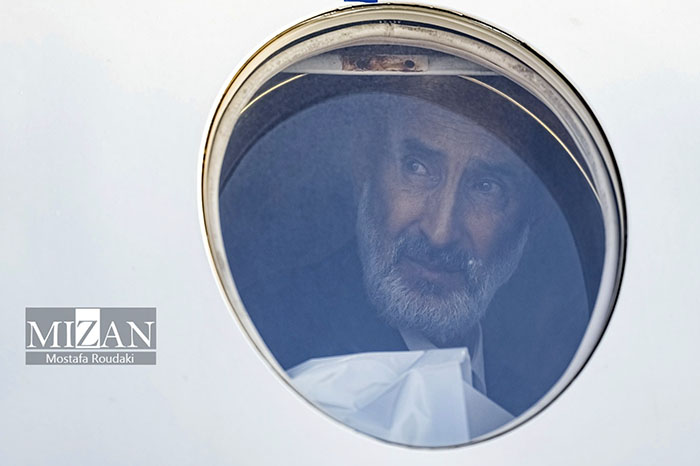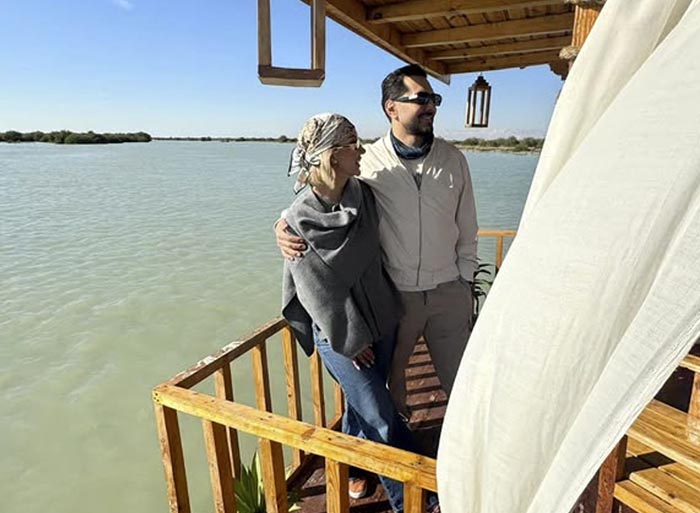More stories
Bahram Radan: The Iconic Actor’s Life, Career, and Personal Journey
Introduction Bahram Radan is undeniably one of the most celebrated and talented actors, renowned for his charismatic presence, versatile acting … Continue reading ➝
Reyhaneh Parsa: The Rising Star of Cinema and Television
Introduction Reyhaneh Javadi Parsa is an emerging actress renowned for her captivating talent, compelling performances, and growing influence in the … Continue reading ➝
Sam Asghari: The Man Behind the Spotlight An In-Depth Look at His Life, Career, and Cultural Impact
Introduction Hesam “Sam” Asghari stands as a remarkable figure in the worlds of modeling, acting, fitness, and pop culture. Born … Continue reading ➝
Tochal Ski Resort: The Ultimate Guide to Premier Winter Sports Destination
Introduction Nestled within the scenic Tochal Mountain range, lies one of the most iconic and accessible ski resorts — Tochal … Continue reading ➝
Untold Stories of Googoosh: The Life, Love, and Struggles of Legendary Singer and Actress
Introduction Googoosh, the iconic singer and actress, has long been celebrated as one of the greatest voices of her generation. … Continue reading ➝





